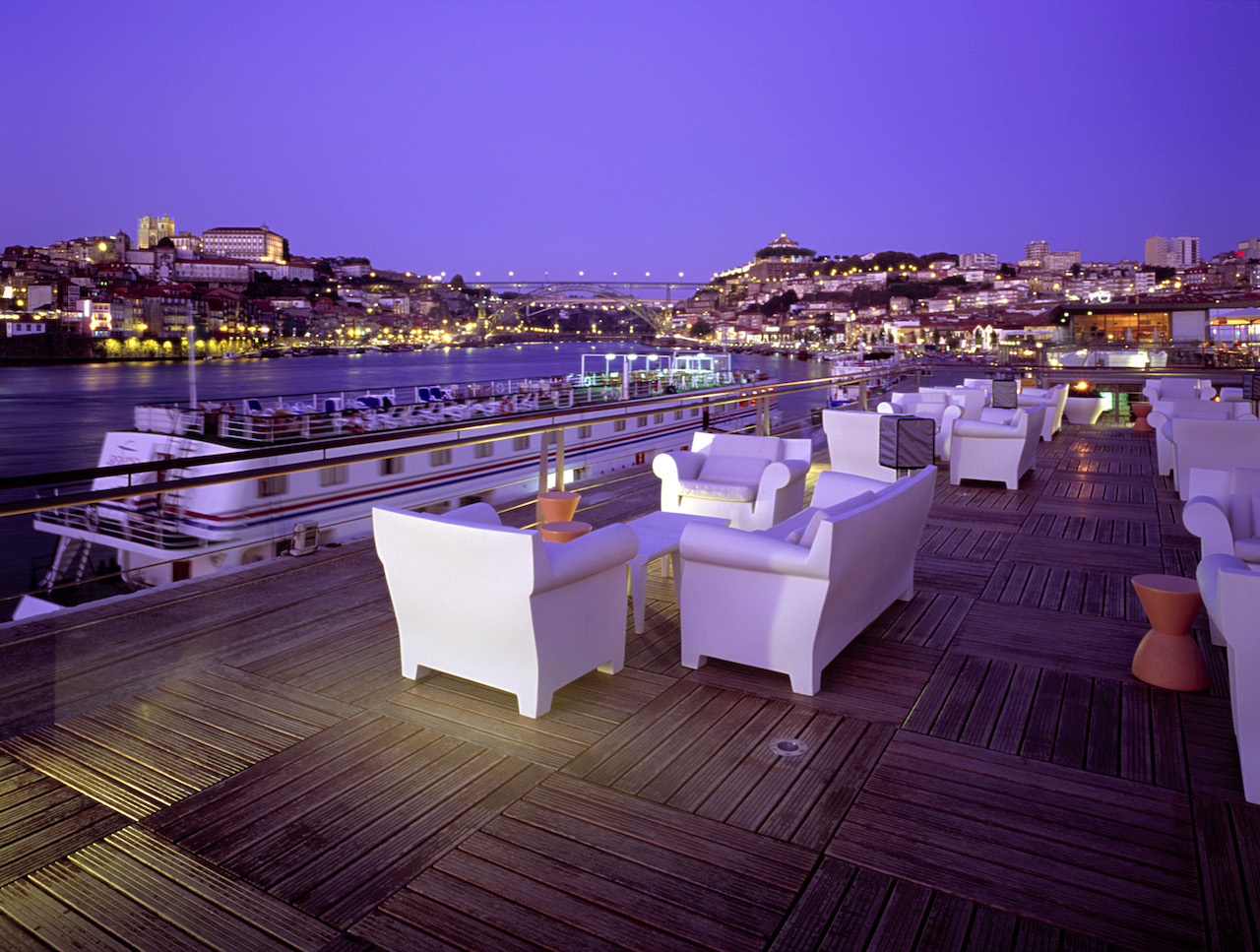
Porto (Oporto) is the city that gave its name to Portugal. Together with the northern part of the country, it is a region that defines the essence of Portugal, and is an excellent destination for a city break – from Faro or other parts of Europe.
The region’s venerable past is highlighted by four UNESCO World Heritage Sites: Porto and Guimarães historical centres, the Vale do Côa rock-art site and the Alto Douro wine region.
The cosmopolitan and bohemian metropolis of Porto is an enchanting showcase of culture (the Serralves is one of Europe’s finest contemporary art museums) and world-class architecture (including such iconic buildings as the Casa de Música).
The city was transformed when it was named the 2001 European Capital of Culture, with the downtown area revitalised with a diverse range of shops and other attractions. The S. Bento has been ranked by Travel+Leisure magazine as one of the 14 most beautiful train stations in the world.
The mild year-round climate is ideal for walking around the city: along the Douro River, in the Agenda dos Aliados city centre, and in the Foz residential area with its many restaurants, outdoor cafés and refreshing sea breezes.

International Wine Region
Porto is a departure point for several cruises, up the Douro River and towards the Alto Douro wine region, the first one in the world to be demarcated (1756). The manufacturing process – for the region’s famous Port wines as well as the increasingly popular Vinhos Verdes and Douro DOC wines – is open to visitors who, in September and October, can actually take part in the grape harvest.
The Côa valley in Douro is the largest outdoor complex of Palaeolithic rock-art discovered to date, with some objects more than 20,000 years old.
North in the Minho region, Guimarães is home to the mediaeval castle where Alfonso Henriques (Portugal’s first king) was born in the 12th century. Largo de Oliveira is the heart of the historical town centre, best viewed by taking a cable car up the Penha hill.
Also in Minho, Braga is popularly known as the “Portuguese Rome”. It hosts internationally renowned Easter celebrations, and its cathedral is the oldest in Portugal. Nearby is the Peneda-Gerés National Park, a World Biosphere Reserve with garranos (a local breed of horse), wolves and birds of prey. Elsewhere in Minho, the Viana do Costelo beaches are excellent for kitesurfing and windsurfing.
Located just a short distance from Porto, Arouca is one of the country’s most important geotourism destinations, a mountainous area offering several nature trails with rivers, steep slopes, trilobites and pedras parideiras (a rare geographic phenomenon of “rocks giving birth”).
Other major attractions in Porto and northern Portugal include hot spring spas, golf courses and bird-watching havens.
Check out additional tourist information about Porto and northern Portugal at Visit Porto and North.
